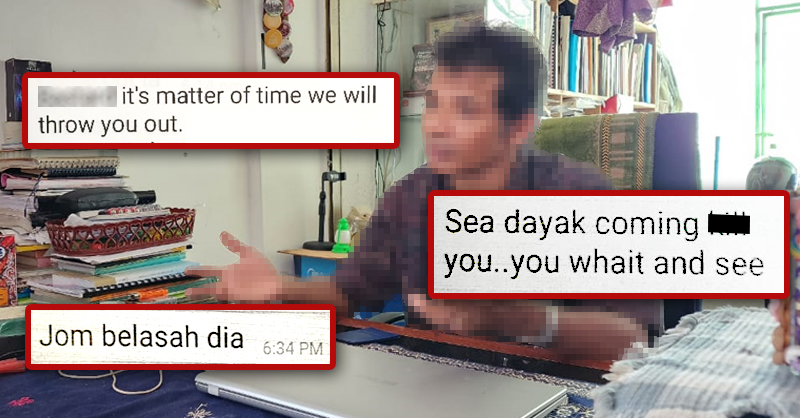5 changes in Myanmar that might give Malaysia hope for the future
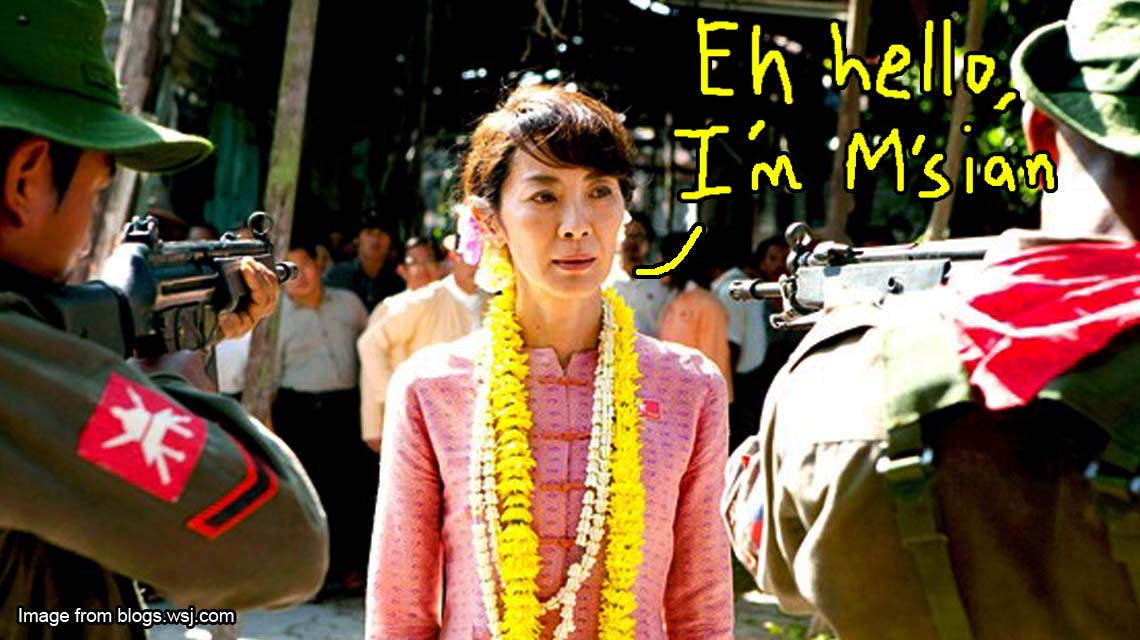
- 845Shares
- Facebook844
- Email1
So yea. That’s not really Aung San Suu Kyi, but Malaysia’s very own Tan Sri Michelle Yeoh who acted as Myanmar’s long-suffering opposition leader in the 2011 movie “The Lady”, which revolves very much around her struggle for the country of Myanmar – where funny things have been happening lately…
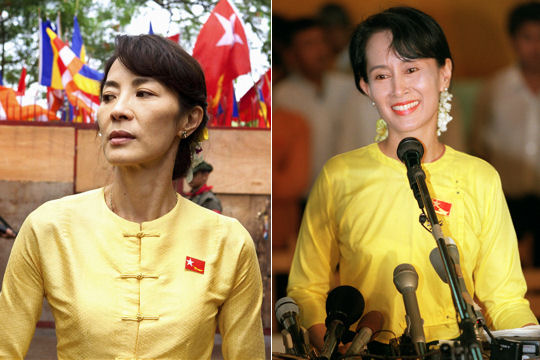
What kinda funny things? Well… they just recently concluded their General Election. Why would we even be bothered to mention this? Because until about 5 years ago, Myanmar didn’t look like a country that would even allow an opposition party to exist (think Aung San Suu Kyi), something that you actually need to have around for a General Election to make sense.
The recent elections saw Aung San Suu Kyi’s National League for Democracy (NLD) win a landslide victory against the Union Solidarity and Development Party (USDP). And by landslide we mean 80% of the seats they contested in. This victory allows them to pick the president, and end nearly 25 years of being ruled by the military (in some sense, we’ll talk about it later).
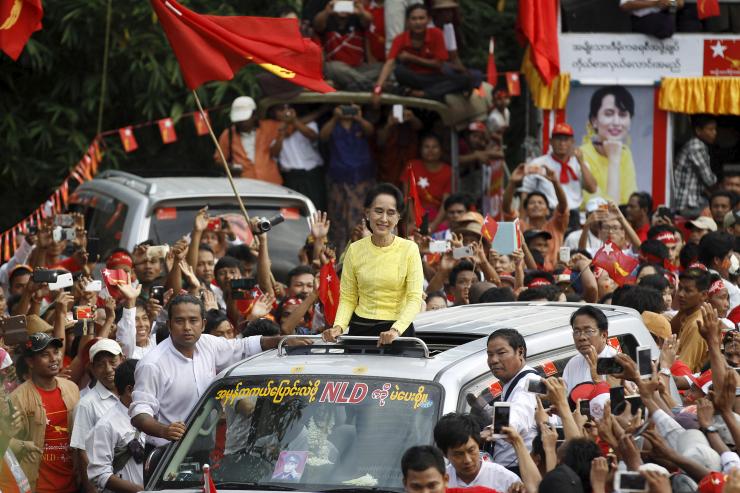
But the recent reforms that led to the results of this election have been…unexpected to say the least. Some even mentioned that they had not expected to see what has been happening in Myanmar, at least not in their lifetime (like here, here, and here).
And to be honest, when we heard of all this, we actually had no clue what exactly happened in Myanmar. But as we read up on it, we found it really fascinating and in some sense heartwarming. So we thought we’d share it with ugaizzzz, the people who are also fighting for a better nation. Here are some of the things that have changed in Myanmar that can give us Malaysians hope for the future.
1. Their former military leaders might have used corruption to enable democracy (!)
Prior to 2010, Myanmar was led by the military under the name of the State Peace and Development Council (SPDC), which ruled from 1988 to 2011, under the rule of Senior General Than Shwe.
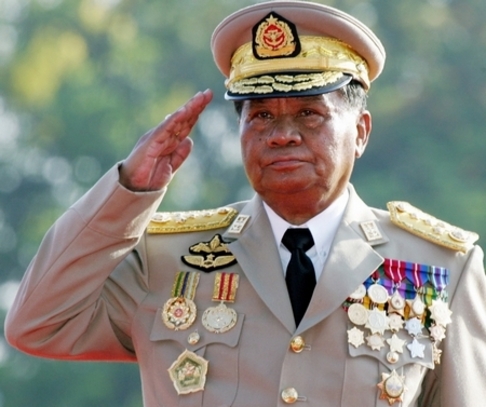
And under their rule, Myanmar wasn’t the best of countries la. One of the issues that they had big time was corruption. Back in like 2007/2008, Myanmar was ranked lowest (at 180 together with Somalia) in Tranparency International’s Corruption Index. Meaning they were they THE MOST CORRUPT country in the world. Today, they are ranked 156th out of 175 countries, still bad but better than being the worst in the world. On the other hand, our ‘very corrupt’ nation of Malaysia is at number 50.
However, there are reports that imply that in more recent times, corruption was used to help enable democracy. We assure you we’re not smoking anything as we say this. There are reports that the process of transferring power from the military to ordinary people (civilian gomen) was kickstarted with a rigged election.

This article mentions that Than Shwe planned for another military leader Thein Sein and the USDP to win the 2010 Myanmar Election (their first in 20 years). Someone who would be able to lead the reforms without being much of a threat to himself. This article on the other hand suggest that Thein Sein, despite being a military leader, saw that change was impossible under the current system. But he was patient.
“It is not unreasonable to suggest that he (Thein Sein) worked for 49 years within a system that offered little hope for democratic change to reach a position from which change would be possible.” – The Sydney Morning Herald
49 years weyh. Seriously, to wait that long, you might as well call refer to Thein Sein as ‘The-Insein’ instead! Insane for democratic change that is.
2. Their Opposition leader won by landslide after 20 years in and out of prison
The 2010 Myanmar Election was controversial for various reasons. Long story short, both local and international parties believed it to be unjust and unfair, and Aung San Suu Kyi’s NLD actually pulled out of it. You can more about it here, here, and here. But one week after USDP’s victory, they did the unimaginable. They released Aung San Suu Kyi from her house arrest.
We’re pretty sure that most people would have at least heard of Aung San Suu Kyi before. She’s a Myanmar opposition leader who has been “the face of democracy and rights in Myanmar”. She’s spent the last 20 years going in and out of prison or house arrest or just not being a free person to the point that she somewhat resembles a fellow opposition leader in Malaysia.
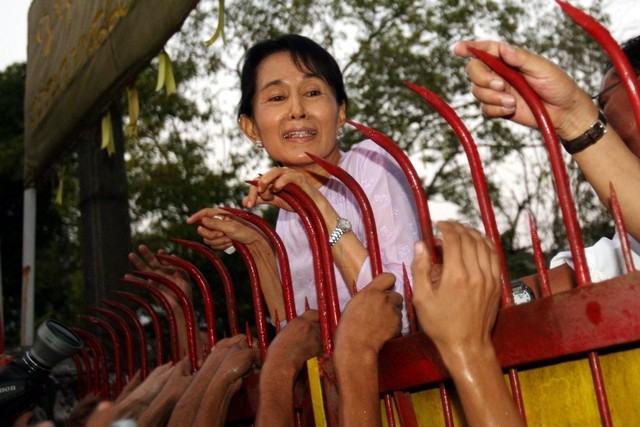
Her release from captivity then led the way to even bigger surprises, like a meeting between her and President Thein Sein. Imagine the potential awkwardness in meeting a person who could have possibly played a part in taking away your freedom (until you couldn’t even be at your husband’s side as he took his last breath).
Then a year later, Thein Sein (living up to his insane name once again) even signed a law that allowed for Suu Kyi’s NLD to participate in the following elections. An election (like we mentioned earlier) that she won by a landslide. In other words, he signed the law that led to his defeat, living up to his insane name once again.
3. After years of human rights abuses, they released thousands of prisoners in 2 years
Myanmar has constantly been high on the list of countries with human rights violations. We were shocked at the amount of articles that mention Myanmar as among the worst human rights violators in the world, if not the worst. Seriously, it’s that bad. Examples here, here, here, here, here, and we’re sure there’s more but we think we’ve made our point.
“I was forced to do squatting and stand on one foot while answering questions. When I couldn’t answer or the answer was unsatisfactory, I was punched in the head, face, and ribs. My toes were stepped on by boots.” – Ashin Panna Siri, a Buddhist monk that escaped from Myanmar, as quoted by rfa.org
“At first they didn’t say anything, they just tied me up, kicked and hit me. For 11 days I was not allowed to sleep. An iron bar was rolled along my shin until the skin ripped – it really hurt.” – Myo Myint, former Myanmar soldier who turned against the gomen, as quoted by telegraph.co.uk
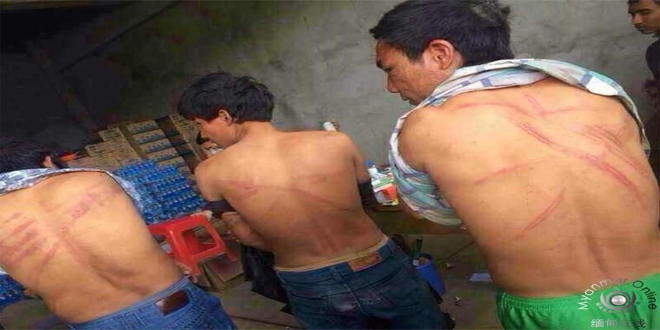
In fact, right after Aung San Suu Kyi’s release in 2010, the UN denounced Myanmar’s human rights record. In other words, they said that Myanmar had a long way to go la. In that same article, both the UN and Suu Kyi vowed to pressure the military to release about 2000 political prisoners.
And guess what, they actually did. They actually released thousands of prisoners, both political and err…non political.
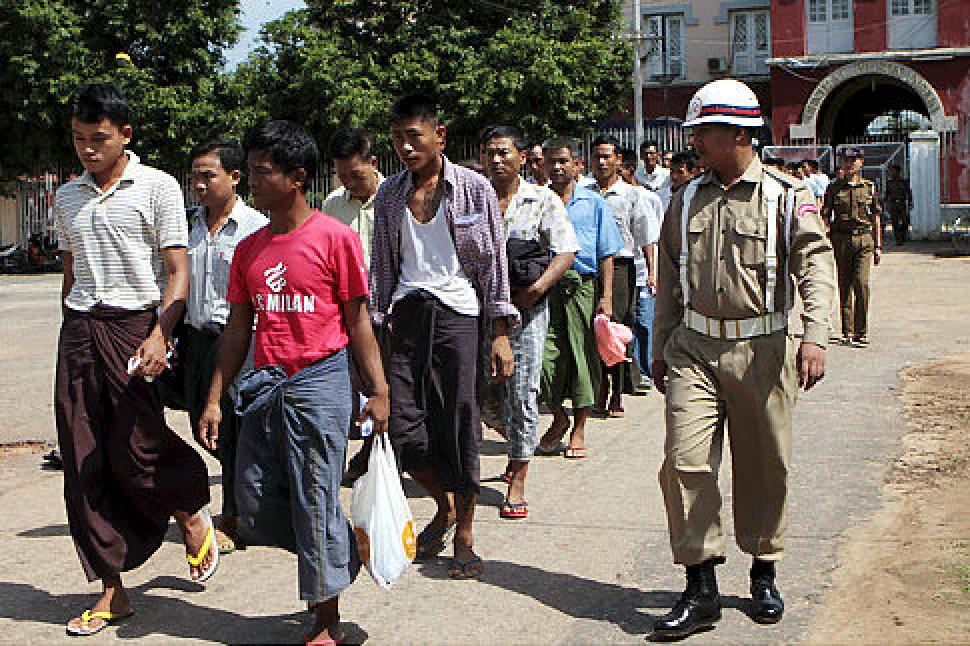
It didn’t happen all at once though. The BBC reports that when they released the first batch of a staggering 15 thousand prisoners in May 2011, only 30 political prisoners were said to be among them. And they ended up kena hantam by human rights group, Human Rights Watch.
But then a few months later in October 2011, they released about 200 political prisoners. And that was only the beginning because in January 2012, there were reports (like this and this) that they had released another 651 political prisoners to ‘participate in nation building’!
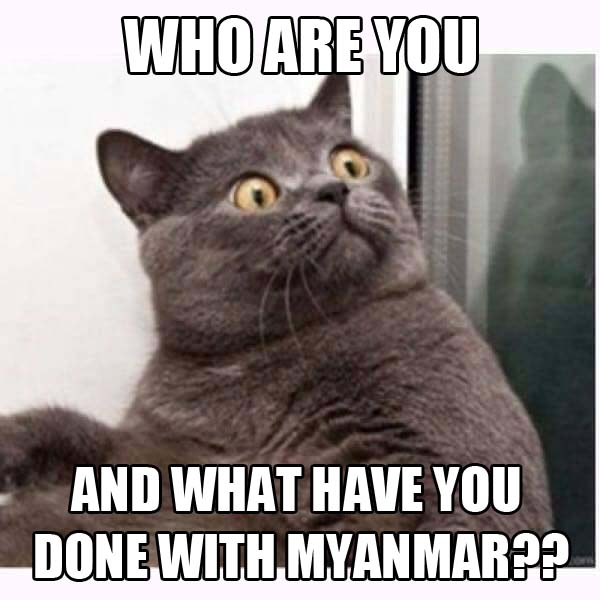
They would go on to release a few thousand more. 3000 in October 2014 and 7000 in July 2015 are the most prominent, with smaller amount of releases here and there. They just kept releasing and releasing, until the WSJ reported that as of July 30th, 2015, there were only 158 political prisoners remaining! We say ‘only’ because 158 is a much smaller number than the original 2000 plus people in 2011.
4. Freedom of speech has only been around for 3 years, but their media is actually freer than ours now
No seriously, that may actually be true.
Just like how they used to be top at human rights abuses, Myanmar also used to be at the top of countries that had terrible to non-existent press freedom. News publications had to submit their work to state censors before they published their work and that had been the case ever since they came under military control in 1962. To add to that, a 2009 Press Freedom Index by Reporters Without Borders ranked them 171st out of 175 countries for press freedom. That same index ranked Malaysia at 131.
But all that changed in 2012 when the new government under Thein Sein abolished these censorship laws. Abolished ah, not amend. And a couple of months later, the gomen granted licenses for privately owned newspaper (which were all closed down in 1964). We weren’t able to find the exact number of licenses issued since then but Forbes reported back in 2014 that 31 licenses had been issued as of 2014.

Of course they still have their challenges. There still have been reports of the gomen going back to their old ways of using scare tactics and arrests (like here and here), and the problem of journalists themselves choosing not to report certain things out of fear (self-censorship).
But just like the other things that we’ve been talking about, their progress in terms of media freedom is amazing. They were one of the worst countries in the 2009 Press Freedom Index but the 2015 Press Freedom Index puts them at 144th, 3 spots above Malaysia who is at 147.
5. They changed from a dictatorship to a democracy in 2 elections
We won’t be able to explore these things in detail but Myanmar was basically run by a military gomen for most of its history (you can read more about their history here). But prior to 2010, Myanmar’s last general election was in 1990, and prior to that, in 1960. Their 1990 election was actually an election full of controversy. While Aung San Suu Kyi’s NLD won a majority of the parliamentary seats, the military refused to recognise the result and more or less went rage mode on the NLD.
They threw some of them in jail, forced others into exile, and went after anyone who spoke out against them. So you’d think that people would be very cautious of any elections that were to come after that.
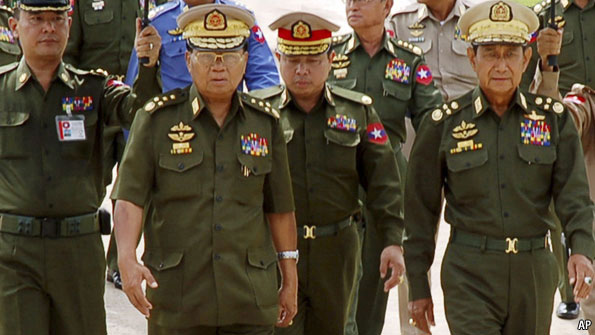
But despite all that, Myanmar quite literally became a democracy in the span of the 2 following general elections. Like huh and how and what the cow right??
Well, Myanmar’s journey to becoming a democracy actually began in 2003, when Prime Minister General Khin Nyunt unveiled a ‘Seven Step Roadmap to Democracy’ (see August 30, 2003). And it is this initiative that spearheaded the democratic process. The question now is, why would the military choose to change now after almost 50 years in power?
Articles like this and this discuss the possible reasons why but one thing that both mention is this: economics. Prior to their democratic reforms, Myanmar had a lot of trade restrictions from western countries because of their many issues that we’ve just talked about la. This caused them to be very dependent on another economic powerhouse that is China.
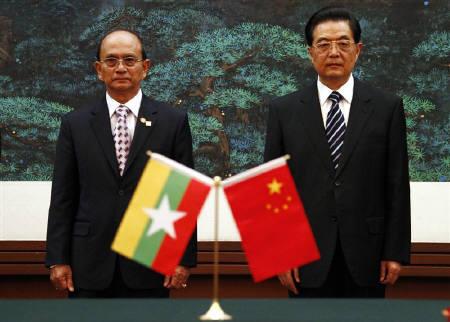
Both articles tell the story differently, but they both mention that it seemed that it was in Myanmar’s best interests for the trade restrictions that they had with other countries to be removed. But to do so, they had to get their act together la.
And it looks like they did get their act together. While the 2010 election was widely criticised, the recent 2015 election has been deemed fairly….fair. Lol. While not without it’s criticisms (like how 25% of parliamentary seats go automatically to the military and Aung San Suu Kyi not being allowed to be elected as President), this elections has been commended by various people, including the USA.
In fact, outgoing President Thein Sein himself has assured people that there would no problems with the transition.
“The election is the result of our reform process and as we promised, we were able to hold it very successfully.
“We will hand this process (of reform) on to a new government, don’t worry about the transition” – Presiden Thein Sein as quoted by abc.net.au
If a country like Myanmar can undergo such a transformation, why can’t Malaysia?
We’ve actually not included some of the other big changes that have happened in Myanmar in the recent years like a law that allowed for peaceful demonstrations, removing 2 thousand people from a travel blacklist, and the opening of a KFC!
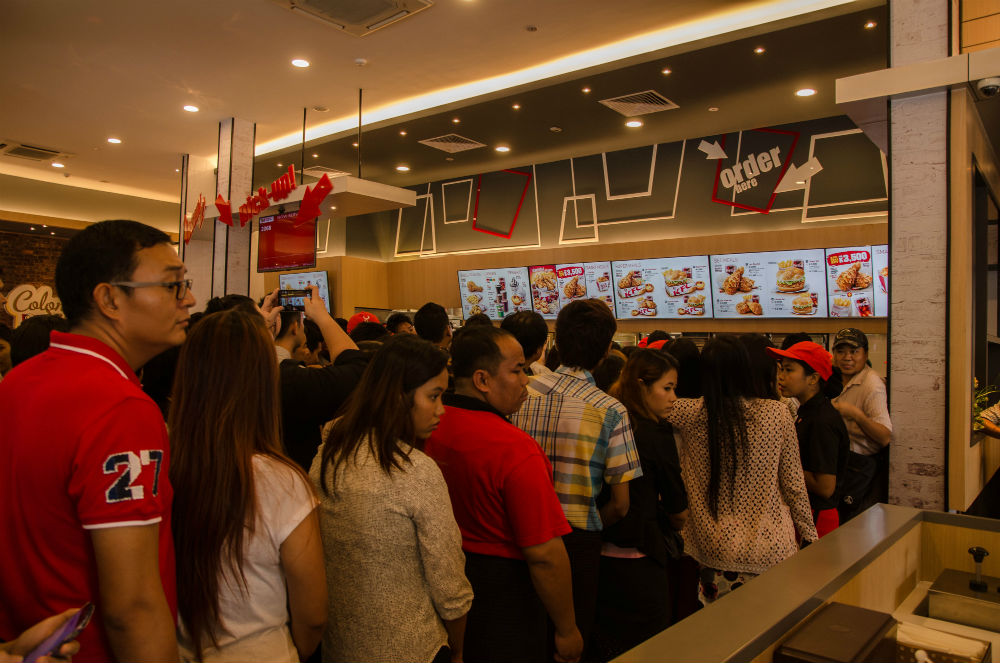
All this happened in Myanmar, a country that only less than a decade ago was deemed one of the worst countries in the world to live in (like mentioned in the same breath as North Korea kind).
But here’s something that The Washington Post mentions.
“Prime credit for this opportunity goes to the Burmese people, and especially those who never gave up the fight for democracy despite terrible persecution.” – The Washington Post
Which isn’t an understatement if you consider the sacrifices that Aung San Suu Kyi had to make, or the years that those political prisoners spent in jail, or even the journalists that spent their lives living in fear.
We’re not even gonna try to draw parallels between Myanmar and Malaysia because really, they had it a whole lot worse than we did. But if a country like Myanmar is able to see a better tomorrow, maybe it isn’t too much to believe that our country is capable of the same thing too.

- 845Shares
- Facebook844
- Email1

